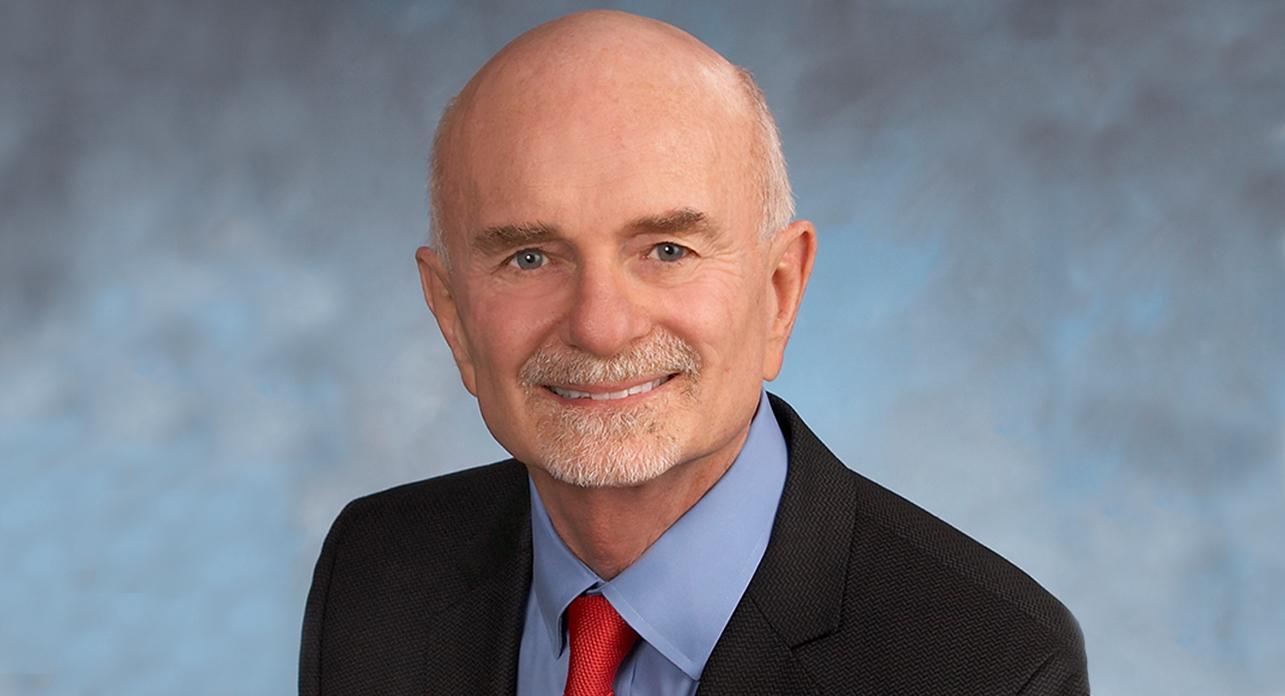
In preparation for the multifamily quarterly feature in Real Estate Forum magazine, we sat down with many multifamily experts from around the country. In the first part of this series, we talked about whether or not apartment vacancy will tick upward in 2016. In part two of the series, we reviewed whether or not the market could digest the new supply pipeline. In part three, we talk about rent growth, demand, and whether or not we can expect it to implode in the coming years. This particular question on multifamily, asked sources what trends they are forecasting for 2016 that should be on our radar. Read the below Q&A commentary to make sure they are on yours.
GlobeSt.com: Any multifamily trends you are forecasting for 2016 that should be on our radar? What should we be aware of? Looking forward to? Be fearful about?
Gary Goodman, SVP of Acquisitions at Passco Cos.: Multifamily developments will continue to offer a superior environment for Millennials and Baby Boomers. Years ago, due to the basic nature of apartment construction, renters sought the better living environment in a single family home. With high end apartment finishes and elaborate common area amenities, renting has become much more competitive to home ownership and it is likely that this will continue.
Bryan Sullivan, VP of acquisitions and investment at the Habitat Co.: I believe 2016 will be a very pivotal year for the multifamily industry. In many cases, it will be a reality check to remind us that rents won’t grow at +4% annually in perpetuity. I don’t see a dramatic correction but rather getting closer to a market equilibrium.
Diana Pittro, executive vice president of Chicago-based RMK Management Corp.: New supply is scheduled to continue in the Chicago market, with amenities and technology being the drivers to attract the younger more tech savvy renter. The more amenities the better. We are also starting to hear about the development of the micro unit, which is the smaller size units that are so popular in NYC and London, while we believe there is a market for this type of unit, we are not sure of its acceptance in the Midwest market yet.
Currently I believe owners are fearful of the high tax rates being proposed for Chicago, and also the current ARO ordinance….which requires an affordable component with each new development or very high in lieu fees. These two things could really affect the desirability of being in the Chicago market especially for out-of-town investors and developers.
Josh Dix, SVP in Trammell Crow Co.’s MidAtlantic Business Unit and National Practice: Vacancy rates are projected to slightly increase up to 5% through Q3 2016 with Y-o-Y rent growth to range between 4% to 5.5% over the next two quarters, and then to somewhat normalize within a smaller range while remaining positive.
We will continue to keep a close eye on rent growth however. There is a concern that while absorption has been strong and vacancy low, general affordability of apartments is a concern. Even as continued employment growth contributed to a strengthening multifamily market, generally speaking, wage growth has not kept pace.
In terms of trends moving forward into next year:
- We continue to focus on making our communities more pet friendly. After all, pets pay rent too!
- More efficient utilization of smaller units – this means closet organizers, wall systems and the potential for built-ins.
- Continued focus on indoor/outdoor living space.
Philip Martin, vice president of market research at Chicago-based Waterton: Reduced housing affordability remains a trend that could limit apartment demand and/or result in wider disparities of operating performance (i.e. “A” vs. “B” quality apartment assets, urban vs. suburban markets, primary vs. secondary markets). The majority of the anticipated and incremental apartment unit supply growth is at the high end of the rental rate spectrum. Very little of the incremental apartment unit supply is geared toward serving the needs and demands of the “workforce housing” demographic. What should we be aware of? Investor demand for institutional quality apartment investment remains strong, especially internationally. Incremental apartment unit starts may come in lower than expected in 2016 due to labor shortages/cost of labor, and the lack of available and affordable land. Looking forward to? Household formation growth outpacing that of aggregate housing supply growth. Be fearful about? Reduced housing affordability.
Steve Patterson, president and CEO of Related Development LLC (the multifamily division of The Related Group): We hope that we begin to see construction tradesmen from the prior cycle coming back to the construction industry now the labor prices have risen so drastically in recent years. We are currently building at the same pace as last cycle with a much smaller labor pool. Many will return from the oilfields for lack of better options. Without significant growth to the construction labor pool we will see yet another year of double digit construction cost increases.
This article was originally published on GlobeSt.com.

